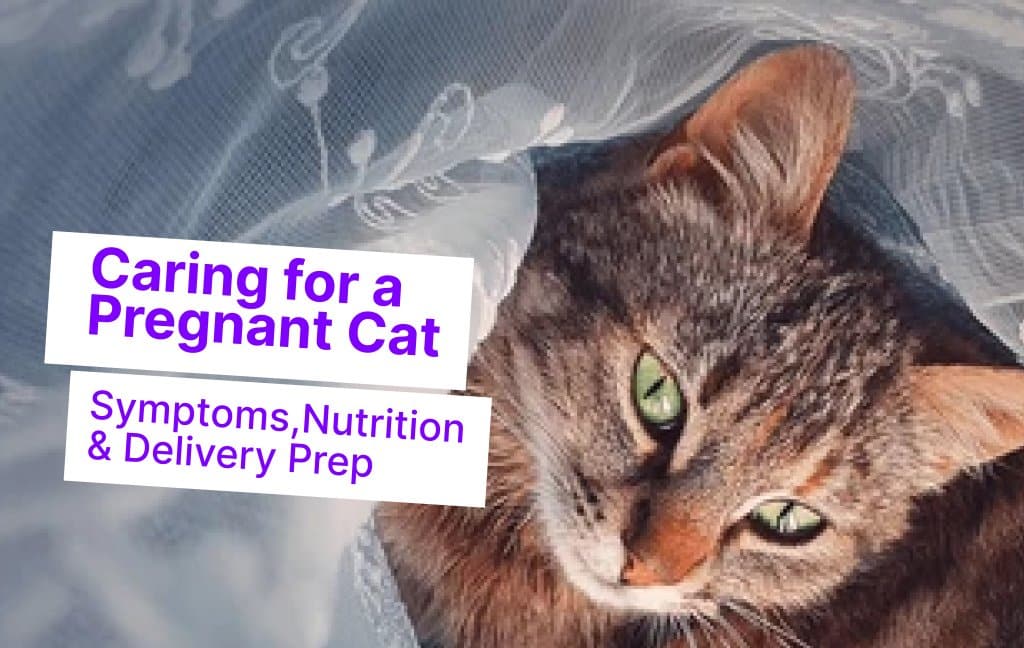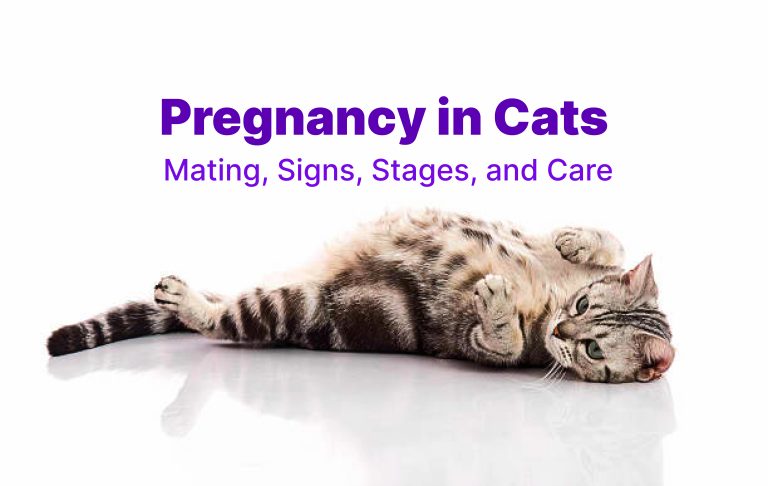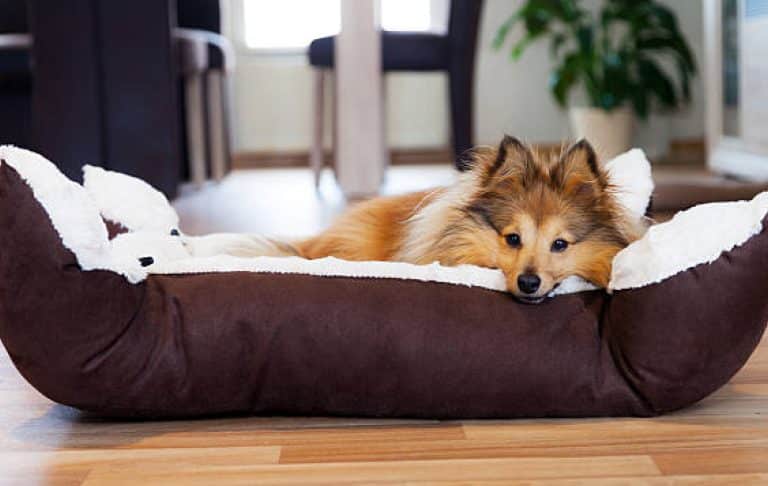Pregnancy in cats can be a magical and rewarding experience, but it also comes with its fair share of questions. If your feline queen is expecting, you might be wondering, what should I feed her? What are the symptoms to watch for? How do I know when she’s about to give birth?
If you’re a first-time cat owner or have gone through a few litters already, understanding the full scope of cat pregnancy is crucial to supporting your furry companion. This guide covers everything from the first signs of pregnancy to preparing your home for delivery and beyond.
Understanding Pregnancy in Cats
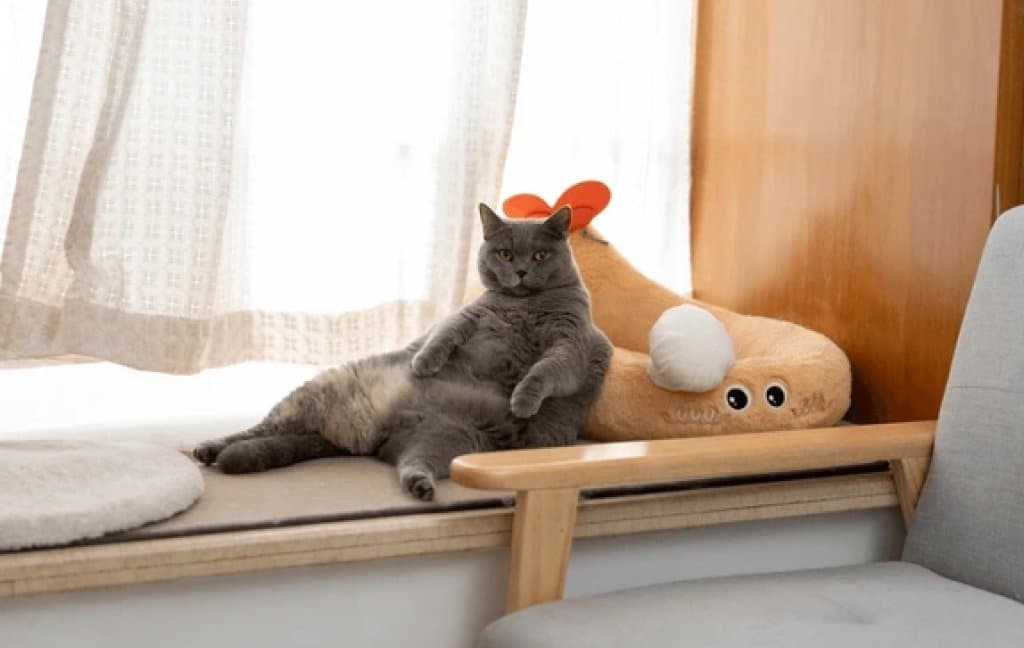
The average cat pregnancy, also known as the gestation period, lasts approximately 63 to 67 days, or roughly 9 weeks. Some cats may give birth a little earlier (as early as 58 days) or later (up to 70 days); however, anything outside that range should be checked by a vet.
A pregnant cat is often referred to as a queen, and understanding her needs at each stage is the best way to ensure a healthy pregnancy and delivery.
Physical and Behavioural Changes in a Pregnant Cat
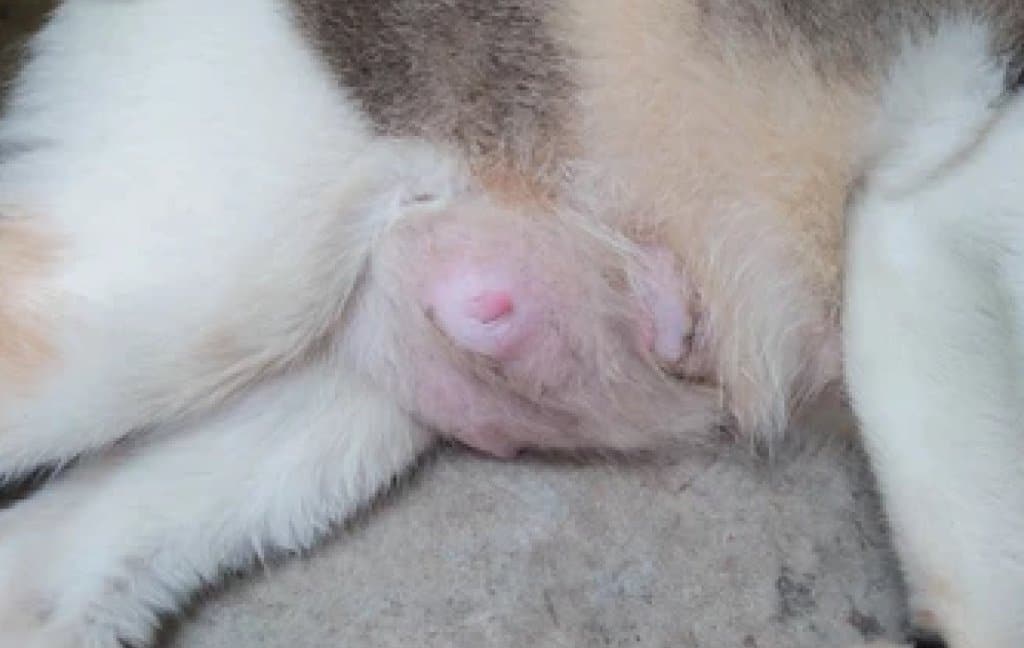
Pregnancy is a tender and transformative time, not just for your cat, but for you as her carer too. You might start noticing little changes in her body or behaviour that make you pause: a sudden clinginess, a fuller belly, or a quiet shift in her routine. These changes are her way of adjusting to the new life growing inside her. By recognising these signs early, you can offer the comfort, space, and love she needs to feel safe and supported throughout. In this section, we’ll gently guide you through what to expect so you can be right there with her every step of the way.
Week 1–3: Early Signs
Pregnancy is not always obvious in the early days. Some cats don’t show noticeable symptoms until week 3 or 4. However, here are a few subtle clues:
- Nipple changes: Nipples begin to swell and turn pink—this is called “pinking up.”
- Mild appetite loss or nausea: Similar to morning sickness in humans.
- Behavioural shifts: She may become unusually affectionate or more withdrawn.
Week 4–6: The Growing Belly
By week 4, your cat’s pregnancy will become more visible:
- Weight gain: A noticeable increase in body weight, especially in the abdomen.
- Increased appetite: She will need more food to support fetal development.
- Energy changes: She may become sleepier or quieter.
- Swollen belly: Gentle movement in her belly may be felt later in this stage.
Week 7–9: Nesting and Preparing for Labour
In the final weeks:
- Nesting behaviour begins: She starts seeking quiet, dark, soft areas.
- Restlessness or clinginess: Her instinct to prepare is strong.
- Mammary glands enlarge: Milk production begins.
- Reduced appetite: Common in the final 24–48 hours before labour.
Some cats maintain their normal personalities throughout, while others undergo mood swings. It’s important to respond with patience and consistency.
Vet Check-Ups and Confirming Pregnancy
If you suspect your cat is pregnant, a visit to the veterinarian is essential. Your vet may:
- Palpate her abdomen (after week 3) to feel developing kittens.
- Conduct an ultrasound (as early as day 16) to confirm pregnancy.
- Offer X-rays (after day 45) to count the number of kittens and check positioning.
Routine checkups ensure she’s healthy and can flag any issues early, such as infections or complications.
Best Foods for Pregnant Cats
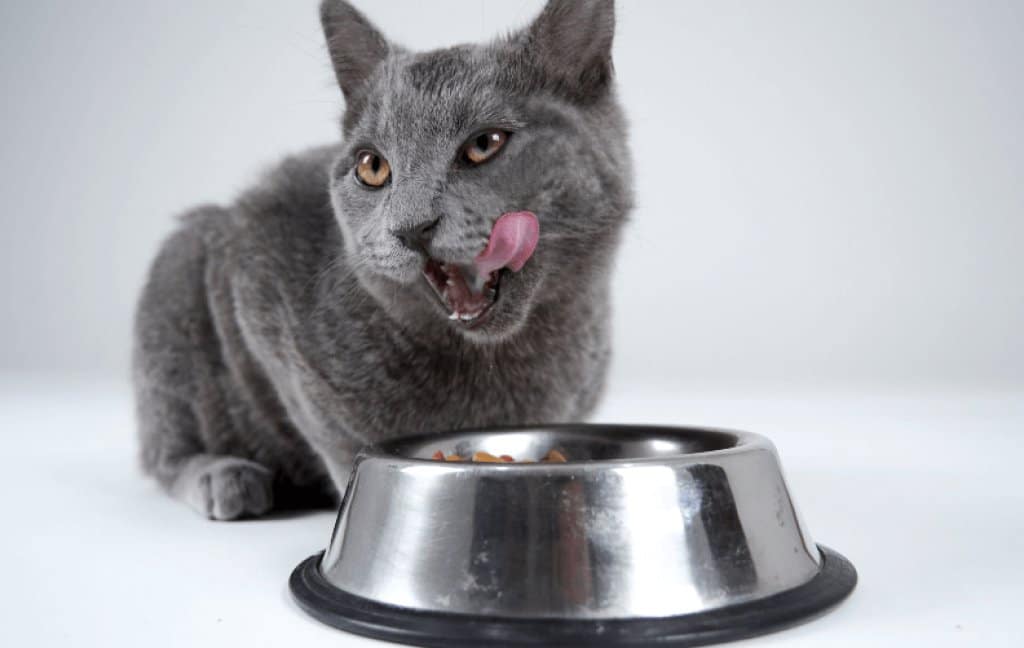
Nutrition is a powerful way to care for your pregnant cat. As her body shifts to support the growth of her kittens, she’ll need more energy, protein, and essential nutrients to stay strong and healthy.
Why Kitten Food Is Ideal
Starting from the fourth week of pregnancy, switch your cat to a high-quality kitten food. It’s specially designed to support growth, both hers and her kittens’. Compared to regular adult food, kitten food offers:
- Higher protein levels
- Extra calories
- Essential fatty acids like DHA
- Increased calcium and folic acid
This formula gives her everything she needs in the right balance, without the risks of underfeeding or over-supplementing.
Feeding Guidelines
Helping your queen through pregnancy means adjusting her meals to match her changing needs:
- Week 1–3: Stick with her regular adult food or start a gradual transition to kitten food.
- Week 4–6: Increase food portions by 25–50%. Start offering small, frequent meals.
- Week 7–9: Her intake may double or even triple; feed her 2–3 times her usual amount, split into 4–5 smaller meals daily to ease digestion.
Always keep fresh water available, especially if she eats mostly dry kibble.
What to Avoid
Even with the best intentions, some common mistakes can affect your cat’s health
- Avoid supplements unless specifically prescribed by your vet.
- Raw diets, unless they’ve been approved as safe during pregnancy.
- Overfeeding, which can lead to obesity and delivery complications
If your cat becomes fussy or loses interest in her food, try warming up wet food slightly to make it more aromatic and inviting.
Setting Up a Safe Environment for a Pregnant Cat
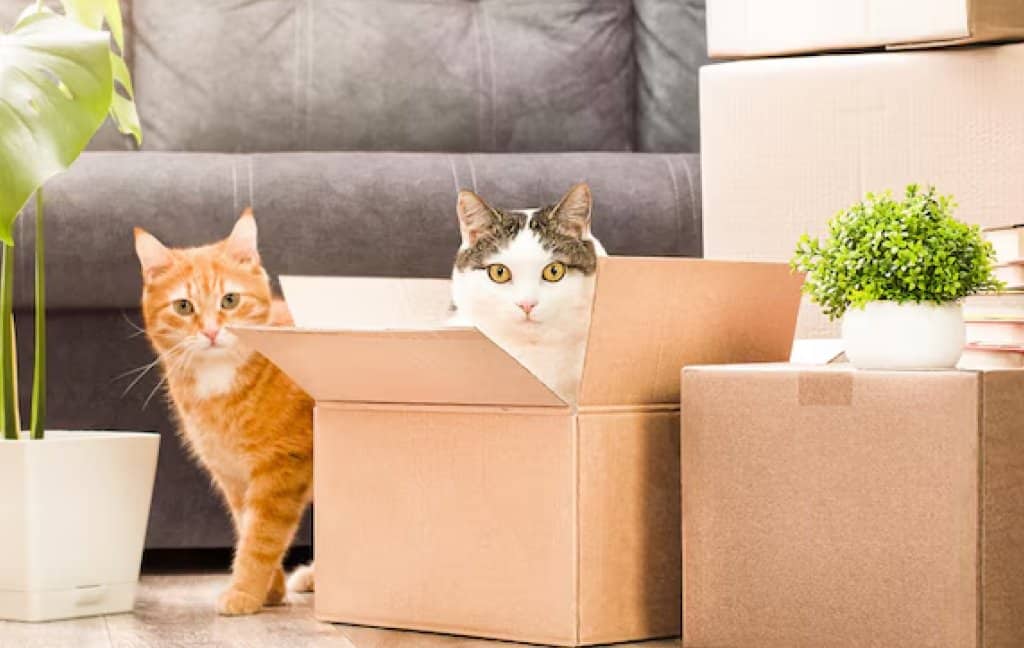
As her due date nears, your feline queen will naturally search for a safe and private place to give birth. You can support her by preparing a nesting area.
How to Set Up a Nesting Box
- Use a cardboard box, laundry basket, or soft pet bed.
- Line it with towels, old blankets, or puppy pads.
- Place it in a quiet, dimly lit, and low-traffic area.
- Keep food, water, and litter nearby, but not inside the box.
Let her explore and choose whether she wants to use it or not. If she picks another spot, try placing her preferred bedding there instead.
Tips for a Calm Environment
- Avoid loud noises or rearranging furniture.
- Limit handling in the last week.
- Separate from other pets, especially dominant or curious ones.
- Check the temperature; the space should be warm (around 25°C / 77°F).
A calm, secure environment reduces stress and helps prevent labour complications.
Signs of Labour in Cats
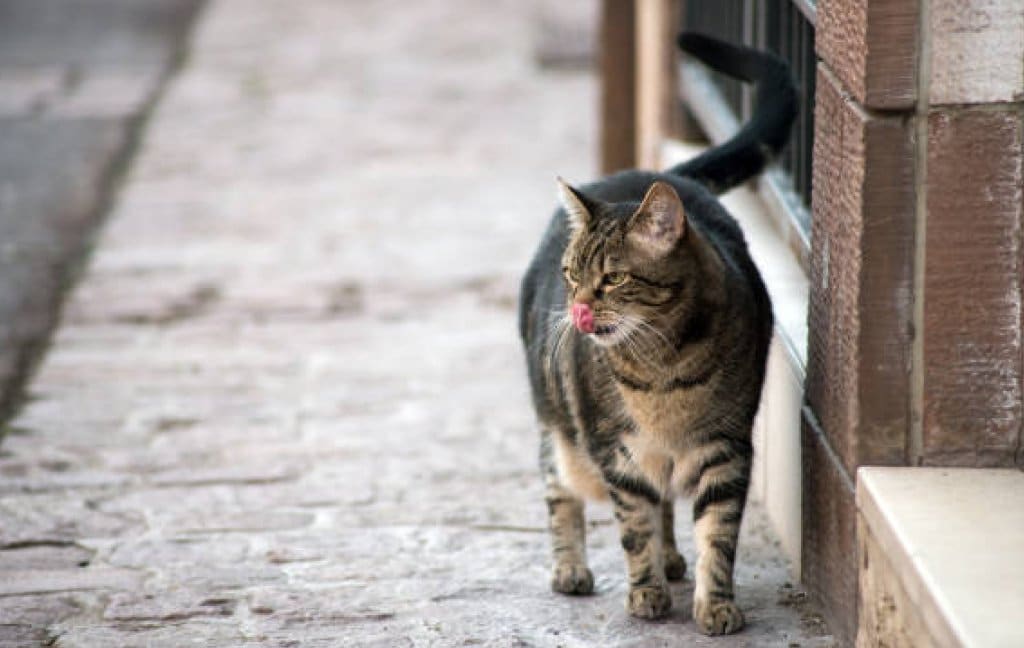
Labour in cats is usually smooth and instinctual, but you should still know what to expect.
Pre-Labour Signs
- Body temperature drops below 37.8°C (100°F)
- Restlessness and constant shifting
- Frequent licking of the genital area
- Pacing or hiding
- Clear discharge from the vulva
- Loud meowing or vocalising
Once contractions begin, your cat may lie on her side or crouch. She will likely deliver the first kitten within an hour of active labour starting.
Labour and Delivery Stages
Contractions and Nesting
- Lasts 6–12 hours
- Mild contractions and signs of unease
- The cervix begins to dilate
Birth of Kittens
- Strong contractions and pushing
- Each kitten is born in its amniotic sac, which the mother tears open
- Kittens arrive 30–60 minutes apart
Delivery of the Placenta
- A placenta follows each kitten
- Mother may eat the placenta (normal, contains nutrients)
Call your vet if:
- She strains for over 30 minutes with no kitten
- More than 2 hours pass between kittens
- Green or foul-smelling discharge appears before delivery
Post-Birth Care for Queen and Kittens
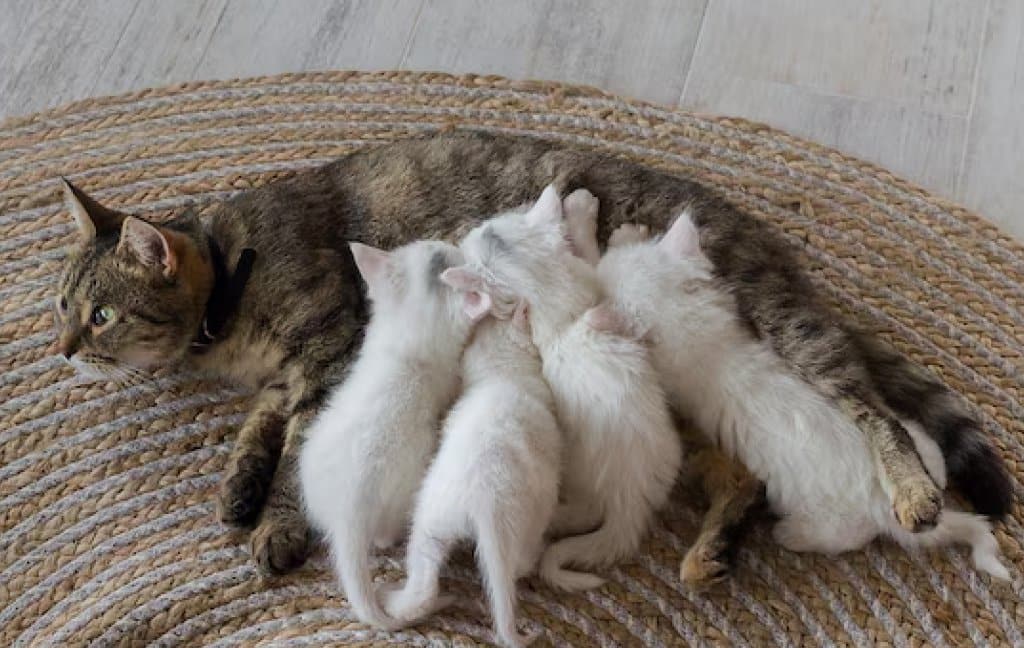
After giving birth, your cat needs time to rest, feed, and bond with her babies. Most of her maternal instincts will kick in naturally.
Your Role as a Pet Parent
- Provide clean bedding and gently change it if it becomes soiled.
- Offer food and water nearby; she may not want to leave the nest.
- Avoid touching the kittens during the first 1–2 days.
- Weigh the kittens daily to monitor growth.
Newborn kittens should gain 10–15 grams per day. If any kitten is ignored or not being fed, consult your vet.
Warning Signs After Birth
- Excessive bleeding
- Lethargy or disinterest in kittens
- Fever or foul discharge
- Not eating or drinking
When to Involve the Vet
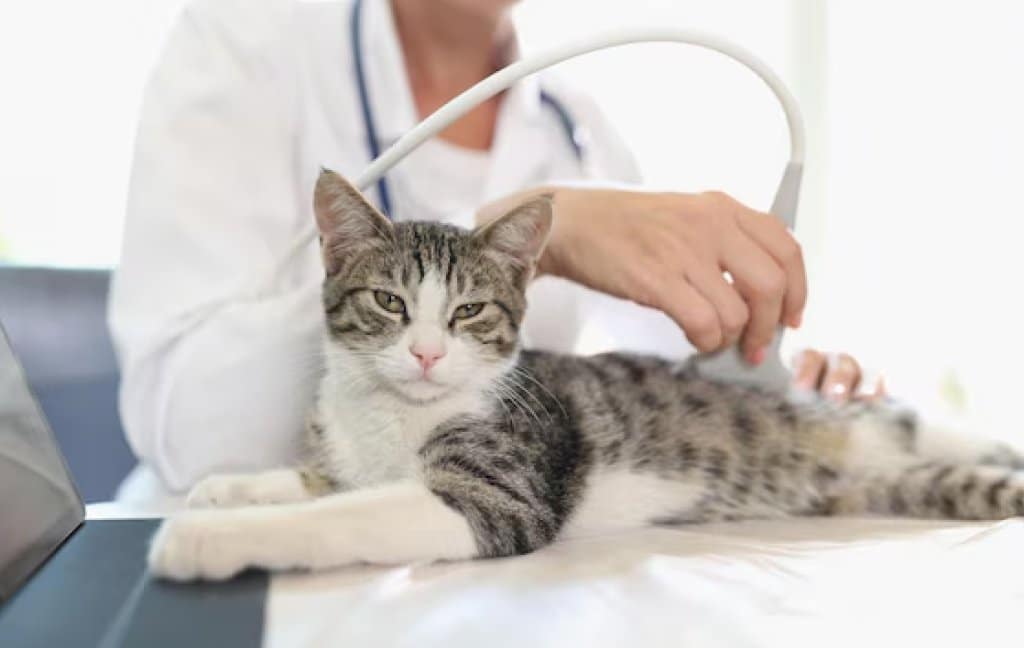
While most pregnancies and births go smoothly, it’s essential to involve your vet if:
- The pregnancy goes beyond 70 days.
- The mother stops eating.
- Kittens show signs of distress and discomfort.
- Labour is prolonged or interrupted.
Spaying your cat after her kittens are weaned helps prevent future unplanned pregnancies and reduces health risks, including uterine infections and certain types of cancer later in life.
Conclusion
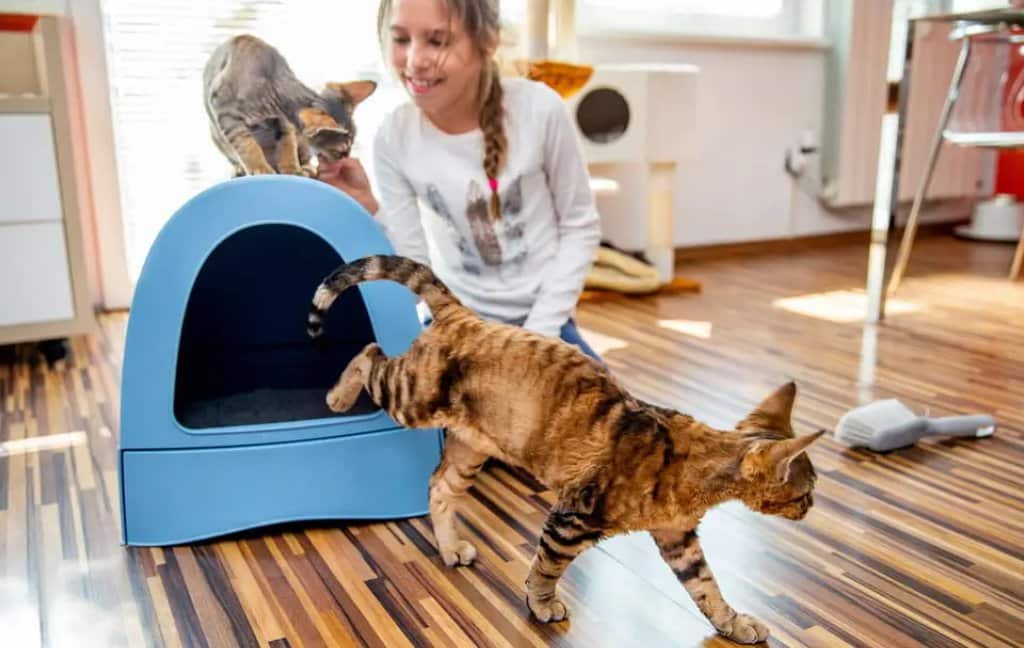
Pregnancy in cats is a time of transformation, trust, and tenderness. Your role in her journey is to provide comfort, quality food, quiet support, and a safe space to bring new life into the world. From recognising early symptoms to feeding the right diet and preparing for delivery, every step you take builds a stronger bond with your feline friend.
And when it’s all over, when she’s resting, purring, surrounded by her tiny kittens, you’ll know it was all worth it.

